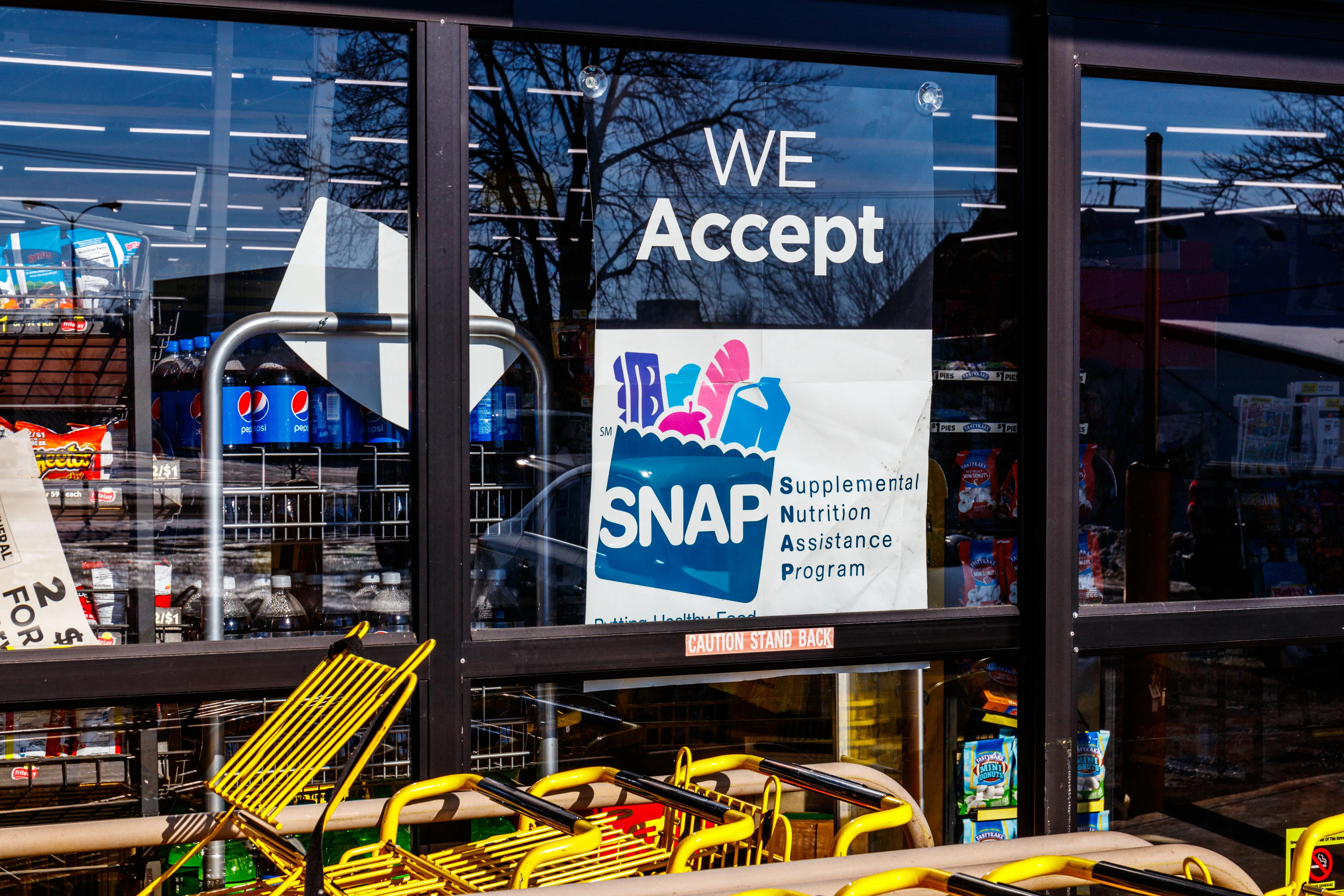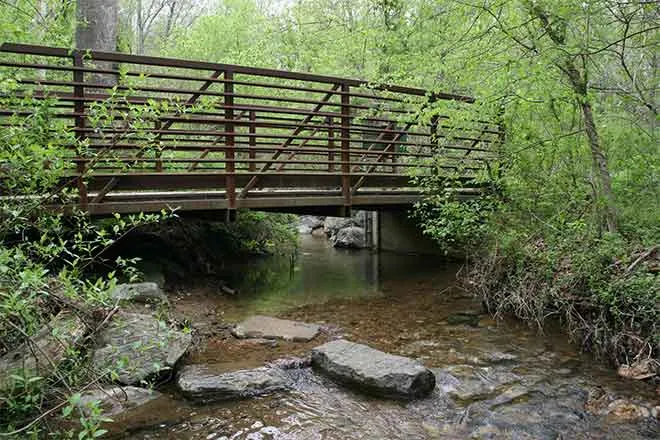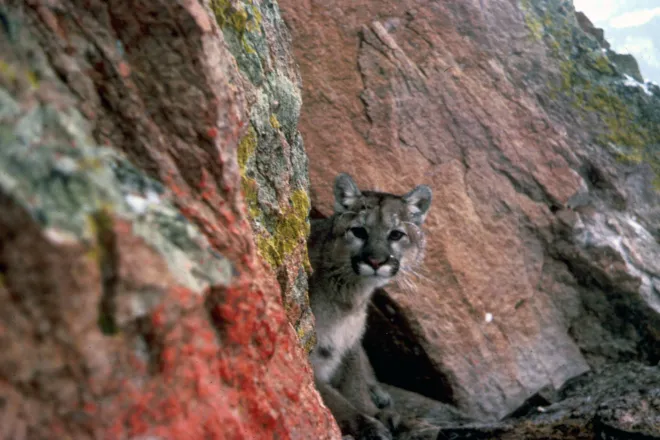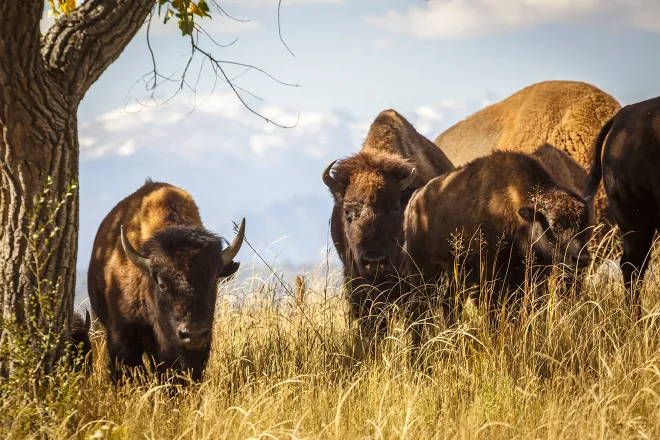
New Mexico legislative panel to discuss constraints on tribal homeownership
In tribal communities in the Southwestern United States, the path to owning a home can present obstacles, including a cultural taboo against selling a home; a lack of awareness that doing so is even an option; and the absence of guardrails in the event a real estate transaction goes sideways, says Christopher Billey, executive director of the Tribal Homeownership Coalition of the Southwest.
Billey and his organization’s Program Manager Melinda Williams are scheduled to meet with the interim legislative Indian Affairs Committee at its meeting in Taos August 14 to discuss removing barriers to tribal homeownership.

© Rebecca J Becker - iStock-1251580456
Their discussion, Billey told Source NM in an interview Friday, will include a case study of the first-ever public sale of a home on land owned by the Navajo Nation, which happened in January in LeChee, Arizona and set a precedent for future real estate market development in reservation communities.
An estimated 30,000 homes need to be built on the Navajo Nation, according to the case study, and thousands of Navajo families are on waiting lists for homes. The nation spans New Mexico, Arizona and Utah.
Billey said most tribal leaders don’t understand homeownership because people living within the U.S. reservation system were historically not allowed to buy, trade or sell lands. Even though these transactions do happen today, they often rub up against a core traditional belief among Navajo, Pueblo and Apache tribal members that a home is the center of a family and shouldn’t be sold.
“You have the modern idea of homeownership, and then you’ve got the traditional side, which has been allowed to grow, and when these two ideas come together, people get upset,” he said. “I had a conversation with a Zuni council member who said: ‘We don’t normally do this, we don’t normally sell our homes. We give them to our kids and our grandkids.’”
Another topic Billey said he expects to discuss with the committee is building new homes. Jemez Pueblo and San Felipe Pueblo provide good examples of New Mexico tribes that are expanding housing availability, Billey said, by training their own workers to build housing.
“They’re doing new housing developments in their communities and are able to keep costs down,” he said.
Billey, a licensed realtor and citizen of the Navajo Nation, said in the next 10 years, as more tribal members learn they can sell their homes, he hopes state and tribal governments will enact reforms to protect buyers, sellers and contractors who build homes on reservations whenever the parties disagree.
For example, legislation is needed to allow a real estate transaction dispute to be resolved in either state or tribal court, because most tribal courts have no policies around real estate.
“Building on the reservation is very complicated and there’s a lot of risk involved, so it’s the time right now to start moving that needle,” he said. “This is the moment of change.”
















